2/21/2025
Immersive Design: With AR apps and software, you can visualize how furniture and decor fit into your space in real time.
Practical Examples: Apps that let you "try out" color palettes or arrange furniture virtually before purchase.
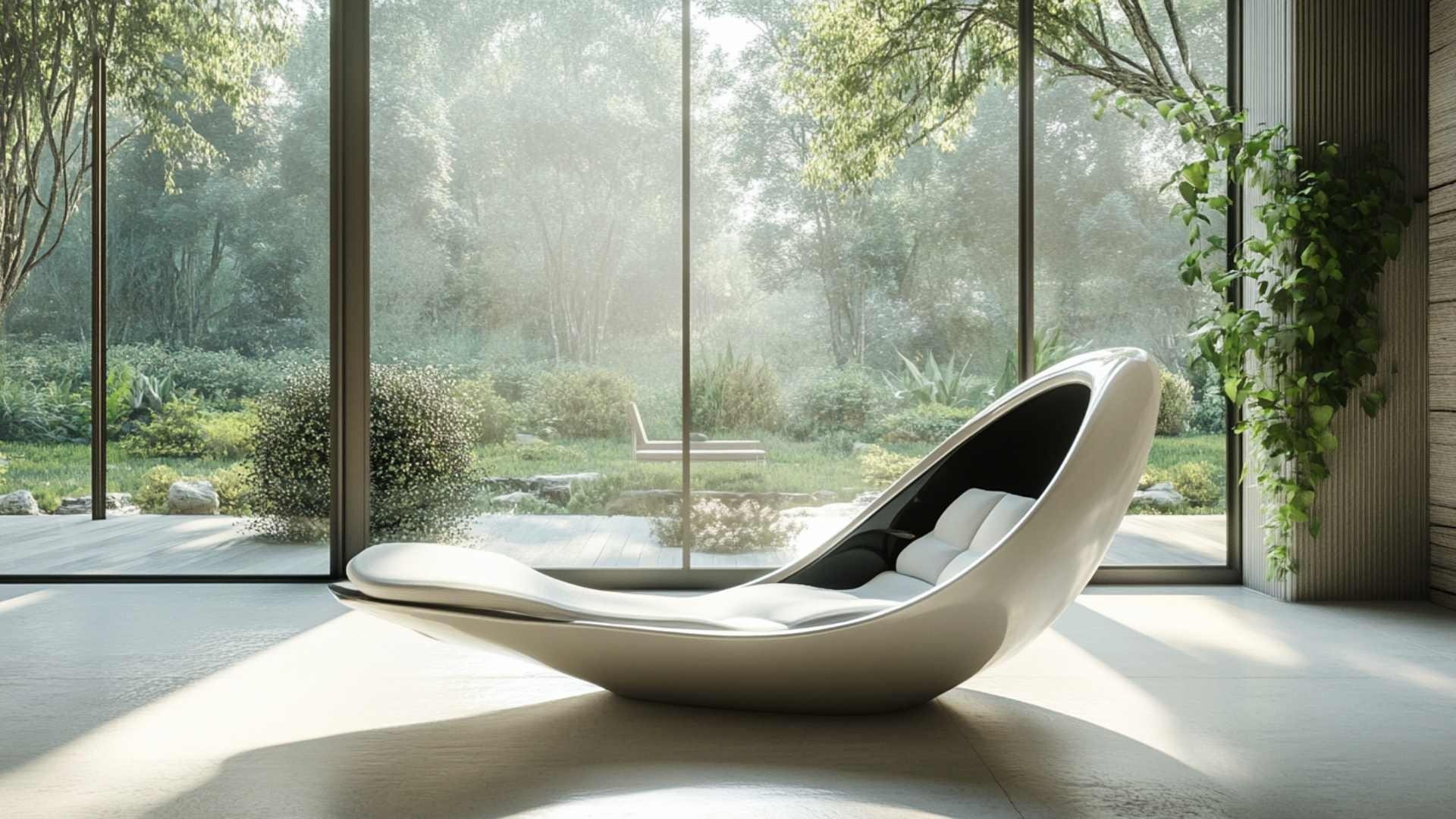
Self-Healing Surfaces: Materials that repair themselves, reducing maintenance needs.
Technological Fabrics: Upholstery that repels stains or changes color with temperature.
_0556df6080_.jpg)
Smart Lighting: Systems that adjust light intensity and color based on the time of day.
Intelligent Climate Control: Thermostats that learn your habits to optimize comfort and energy efficiency.
_f61ab34e75_.jpg)
Future Trends: A Personalized Tomorrow
Multifunctional Spaces: Flexible rooms that adapt to various needs, such as home offices that double as relaxation areas.
Biophilic Design: Incorporating nature into interiors with plants, natural materials, and abundant natural light.
_e229696514_.jpg)
The home of the future combines technology, aesthetics, and sustainability, making spaces smarter, more efficient, and personalized. Embracing these changes means being ready for a better, more connected lifestyle.
_14077b47db_23.jpg)
Interior Designer since 1985
CEO & Founder, Italian Design in the World
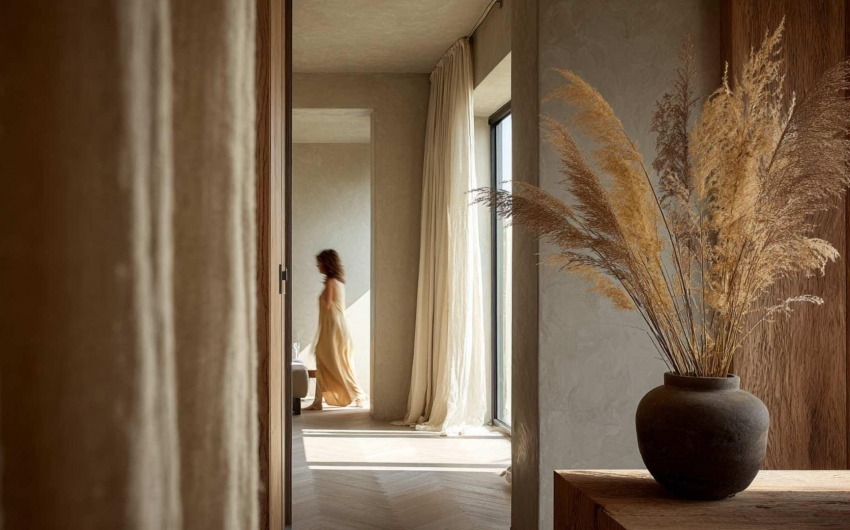

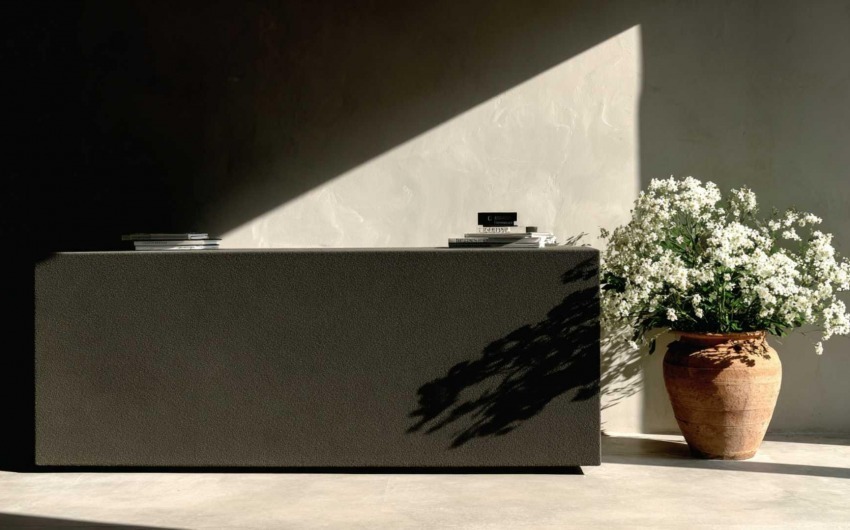
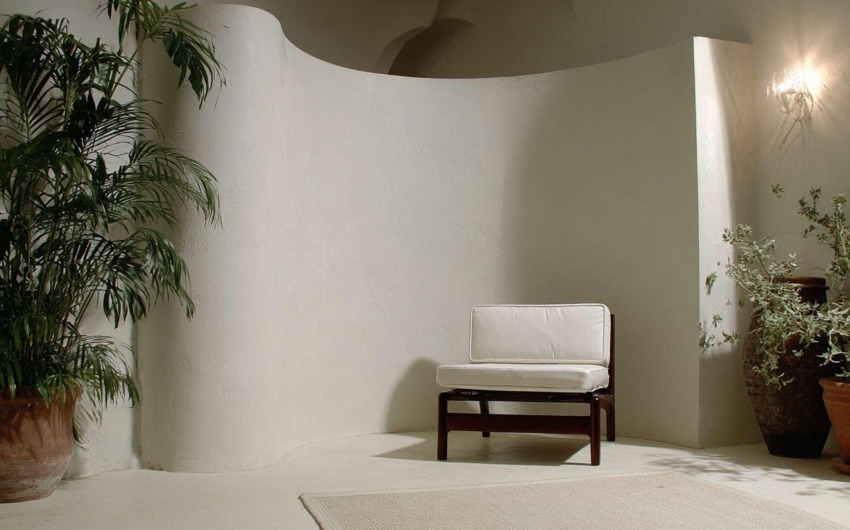
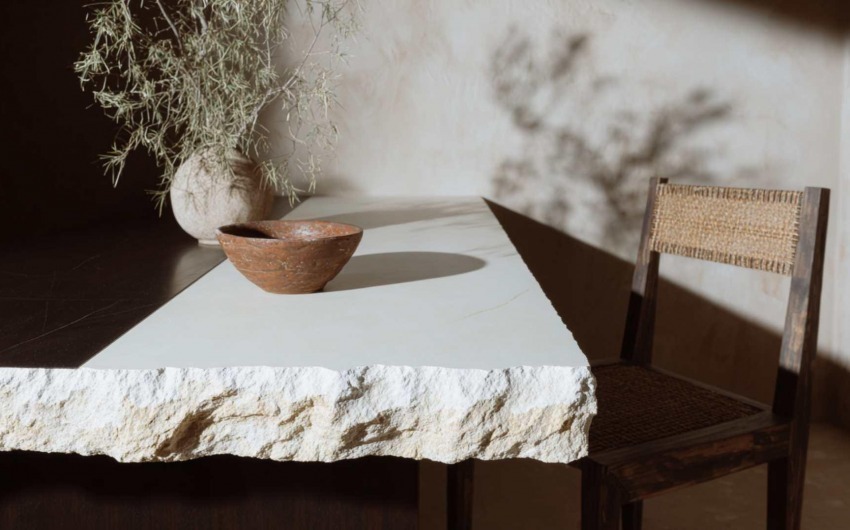
_0f565b1edb_633.jpg)